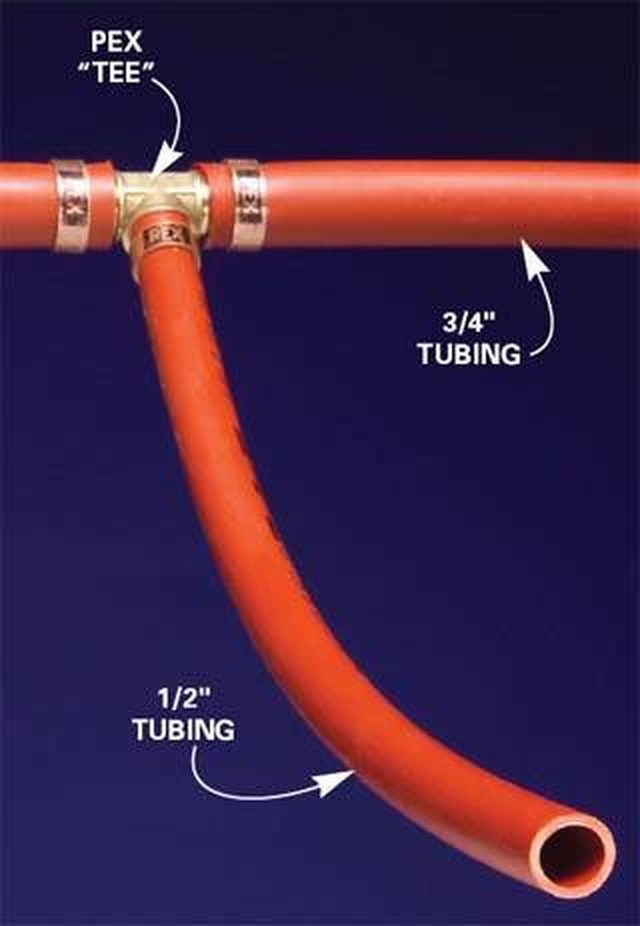Bulbs
Flower Basics
Flower Beds & Specialty Gardens
Flower Garden
Garden Furniture
Garden Gnomes
Garden Seeds
Garden Sheds
Garden Statues
Garden Tools & Supplies
Gardening Basics
Green & Organic
Groundcovers & Vines
Growing Annuals
Growing Basil
Growing Beans
Growing Berries
Growing Blueberries
Growing Cactus
Growing Corn
Growing Cotton
Growing Edibles
Growing Flowers
Growing Garlic
Growing Grapes
Growing Grass
Growing Herbs
Growing Jasmine
Growing Mint
Growing Mushrooms
Orchids
Growing Peanuts
Growing Perennials
Growing Plants
Growing Rosemary
Growing Roses
Growing Strawberries
Growing Sunflowers
Growing Thyme
Growing Tomatoes
Growing Tulips
Growing Vegetables
Herb Basics
Herb Garden
Indoor Growing
Landscaping Basics
Landscaping Patios
Landscaping Plants
Landscaping Shrubs
Landscaping Trees
Landscaping Walks & Pathways
Lawn Basics
Lawn Maintenance
Lawn Mowers
Lawn Ornaments
Lawn Planting
Lawn Tools
Outdoor Growing
Overall Landscape Planning
Pests, Weeds & Problems
Plant Basics
Rock Garden
Rose Garden
Shrubs
Soil
Specialty Gardens
Trees
Vegetable Garden
Yard Maintenance
Installing Pex Tubing in Concrete
Installing Pex Tubing in Concrete. Pex tubing is a cross-linked polyethylene. The cross-linking process makes the tubing stronger so it is tolerant to high heat and high pressure. The pex tubing is set into the concrete slab and circulates hot water, which provides heat to the room. Pex tubing is also used in greenhouses to keep plants warm. Pex is...

Pex tubing is a cross-linked polyethylene. The cross-linking process makes the tubing stronger so it is tolerant to high heat and high pressure. The pex tubing is set into the concrete slab and circulates hot water, which provides heat to the room. Pex tubing is also used in greenhouses to keep plants warm. Pex is a flexible tubing that is joined to specially made fittings using a crimping tool. It is installed in long lengths as well as short spans, but for use in radiant heating it is placed under a concrete slab in coils like a snake.
Things You'll Need
Pex tubing
Oxygen barrier spray
Metal tubing anchors
Screws
Screw gun
Rebar rods
Tie wire
Concrete
Trowel
Take the Pex tubing and evenly place it as coils across the ground where you will pour your slab. Run it down one length, around the corner and back up the other side. Repeat this process until the ground is covered. Stay away from the edges of the room by 6 inches.
Spray an oxygen barrier on the Pex tubing to protect the heating system from getting any oxygen inside, which can cause deterioration.
Place a metal hose anchor over the tubing every 12 inches. The half-circle supports have flanges on both sides that screw into the ground to hold the tubing in place.
Place a metal rebar grid over the tubing. The rebar rods are placed in a way to form a checkerboard appearance over the slab area. Tie the rebar with tie wire at each intersection.
Pour your concrete over the ground to create your concrete slab. Cover the tubing completely.
Tips & Warnings
The Pex tubing is flexible and can turn corners, but using a product called an elbow basket helps ease the tubing around sharp corners.
Pex tubing has not been approved for use in outdoor above-ground use. Pex tubing purportedly lasts longer than copper, but the product hasn't been around long enough to know for sure.